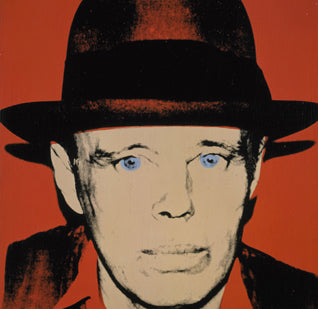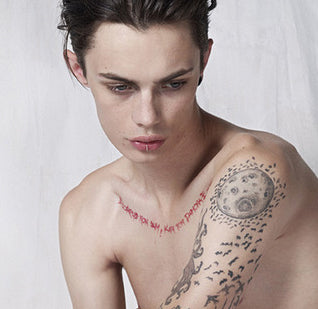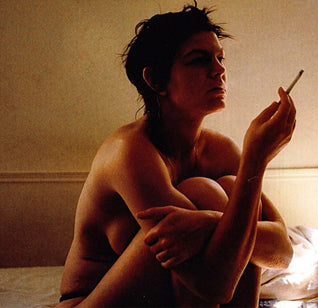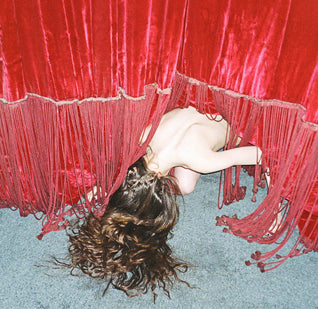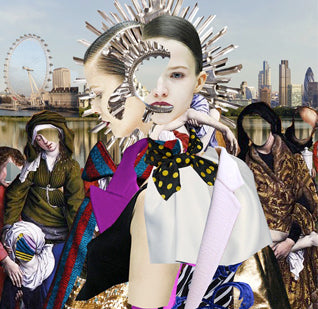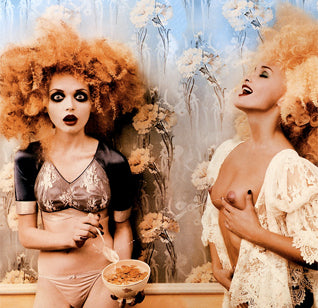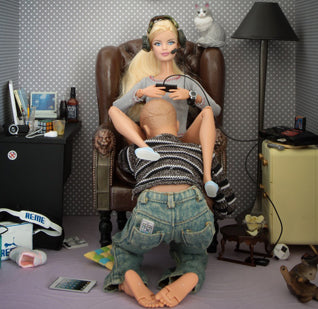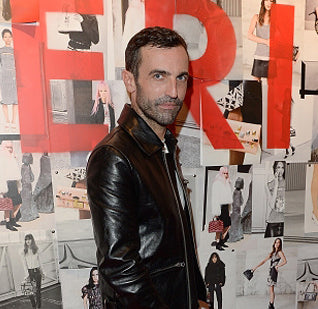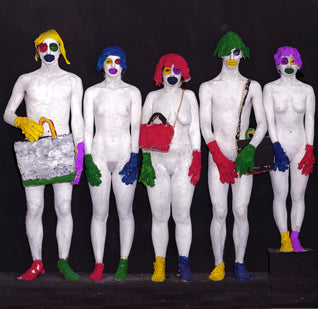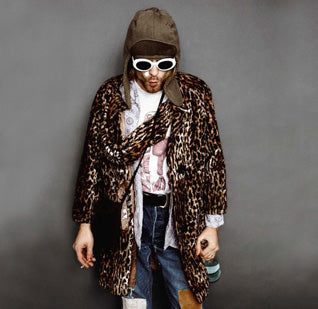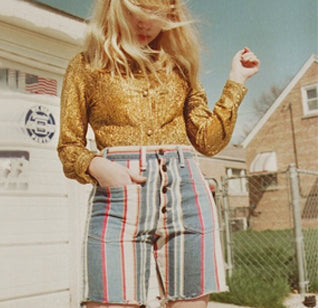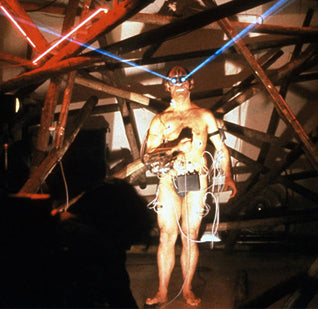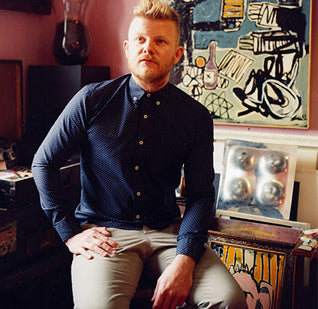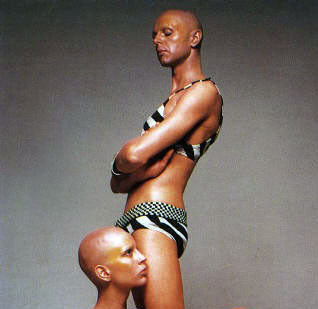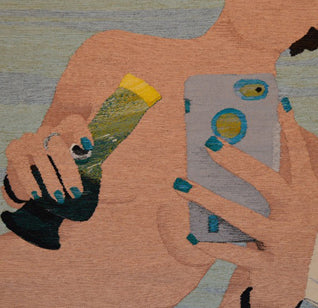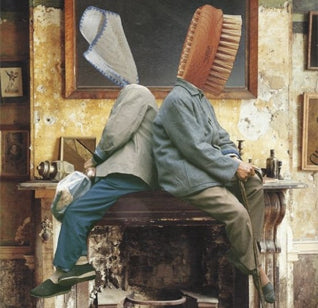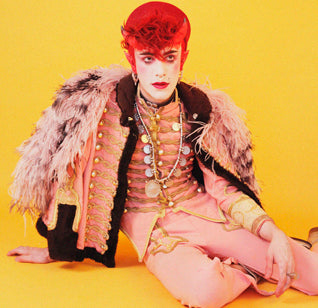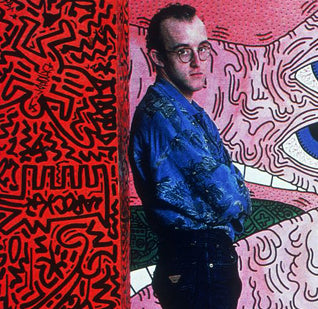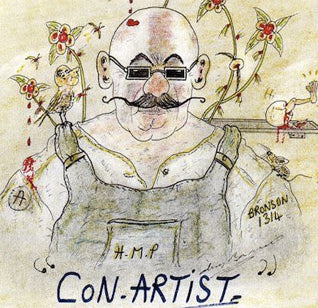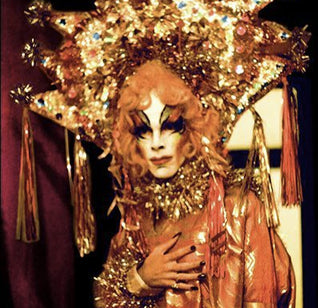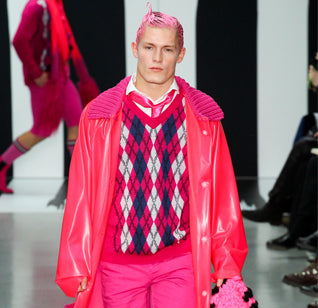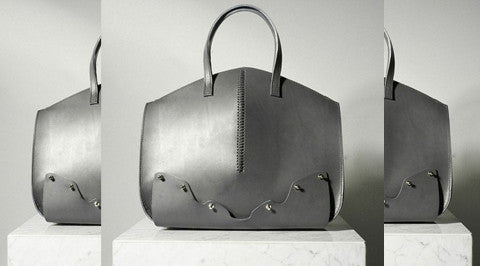DESIGNER OF THE AVANT GARDE
Elsa Schiaparelli : A Secret History
by Ellie Howard
Shocking pink, lobster dress and shoe hat. I know these three words magically conjure visions of Gaga gone wild, but I am talking about the true visionary behind these surreal designs. Outside fashion circles, the name Elsa Schiaparelli doesn’t ring many bells, yet the late designer is probably influencing you as we speak. She was the first to put zippers on dresses, create furry shoes and design the wrap dress. Yet little is known about the late designer/artist, although attributed with changing the face of fashion between the two world wars, she died in relative obscurity. We lift the lid on fashion’s forgotten heroine.
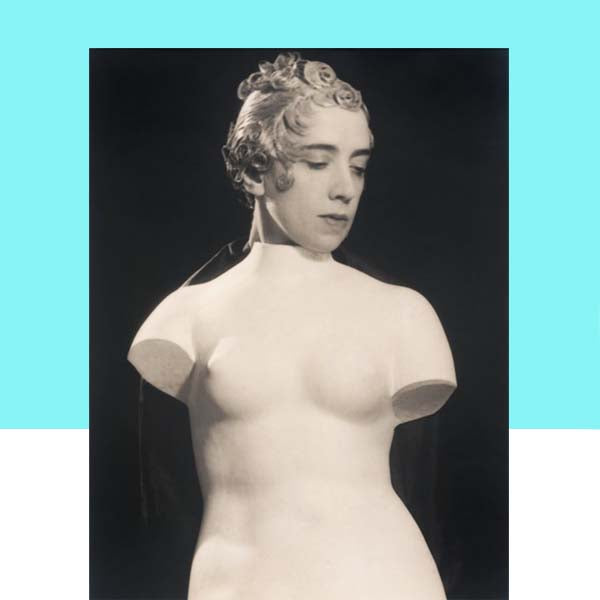
Elsa captured by Man Ray, 1933
So who was Elsa Schiaparelli? The answer is shrouded in mystery, just like one of her sculptural Etruscan hats. By the time of her death in 1970 she was relatively obscure, but in life she was nothing short of extraordinary. Few women will ever lead a life as colourful as Elsa Schiaparelli’s; she was a more than just a designer, she was a visionary.
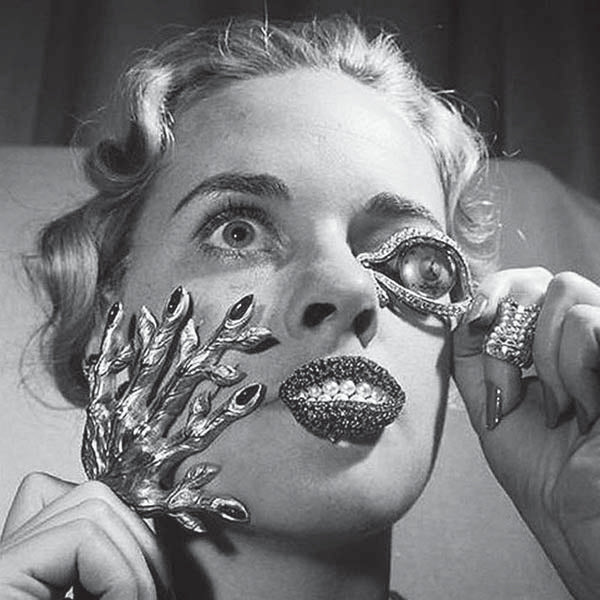
Salvador Dali and Elsa Schiaparelli Jewelry Collaboration
Elsa Schiaparelli was born into the baroque glamour afforded by her aristocratic ancestry at the Corsini Palace, Rome in 1890. After the publication of a volume overtly sensual poems, a scandalous love affair with a professor and a stint in a convent, which resulted in an unruly Schiaparelli going on a hunger strike, a spark of defiance was ignited within the fashion incendiary that would become her driving force. This refusal to conform to mainstream demand and seasonal trends defined Elsa’s designs and career, establishing her as an artist

Elsa Schiaparelli Monkey Fur Shoes, 1938
The fashion maven is most notable for her brazen originality, eccentric design and role as surrealist patron. Elsa encouraged the relationship between fashion and art, acting as godmother to the avant-garde. Her attitudes towards collaboration were ground breaking, she surrounded herself with the crème de la crème of Paris talent. Meret Oppenheim designed a metallic fur cuff alongside her; she had Alberto Giacometti burnish gold bracelets and Jean Dunand paint her trademark trompe-l’oeil on a dress. Her love of the movement, its element of surprise, elaborate juxtaposition and dream-like fluidity would encapsulate her collections and capture her imagination.

Elsa Schiaparreli Haute Couture Gloves
The 1930’s were the Salvador Dali years, the years of legendary pieces such as the ribbed skeleton dress and the lobster dress, the years in which the duo placed upside down shoes on young ladies quaint little heads. A man’s fragrance was designed in the shape of a pipe (a wave to Rene Magritte). She created gloves with red python nails, monkey fur boots and a necklace incrusted with rhodoid insects. Sound familiar? Raf Simmons for Jil Sander’s SS12 collection seems a little less striking now. Think Barbie invented shocking pink? No, it was Elsa Schiaparelli again, another of her miraculous visions that transformed the face of fashion.
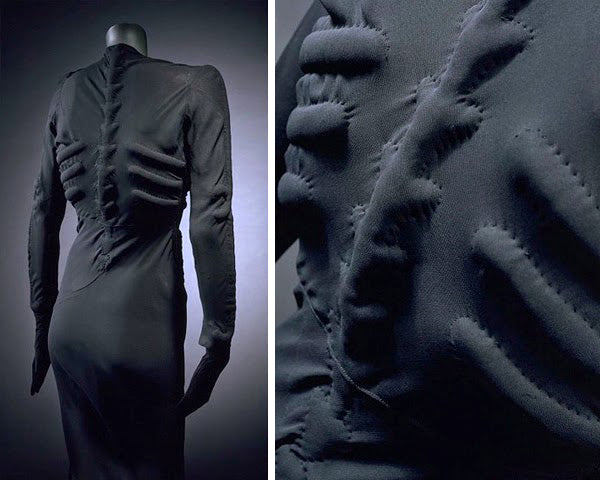
Salvador Dali and Elsa Schiaparelli's Skeleton Dress, 1938
Elsa was fiercely feminist; a stubborn, strong-minded business woman who dressed the some of the most powerful women in the fashion world; Mae West, Daisy Fellows and Wallace Simpson. Not only a creative genius; Elsa was a shrewd entrepreneur. With an understanding of the power of direct marketing, Elsa created the first ever fashion show in 1937 in her Parisian showroom. To further incite contradiction, she was also surprisingly practical. Later collections featured reversible dresses, transformable handbags and air-raid chic zippered jumpsuits.

Elsa Schiaparelli & Salvador Dali Lips suit and her famous "Shoe" Hat
After the destruction of World War II in 1944, Elsa returned home in different coloured shoes. France had changed, Surrealism had died and her designs had become out-moded. Unsuprisingly, the rouge designer refused to conform and Masion Schiaparelli closed in 1954. Elsa had transformed fashion, but in her later was pushed aside and forgotten. Yet where Schiaparelli had failed as a designer, she ultimately succeeded as an artist. In an industry so fêted towards the vicissitude of trend, is it ever possible to really be both? If there ever was an example of this rare hybrid it was Elsa Schiarpelli. Quite an achievement for the designer who couldn’t even sew…








